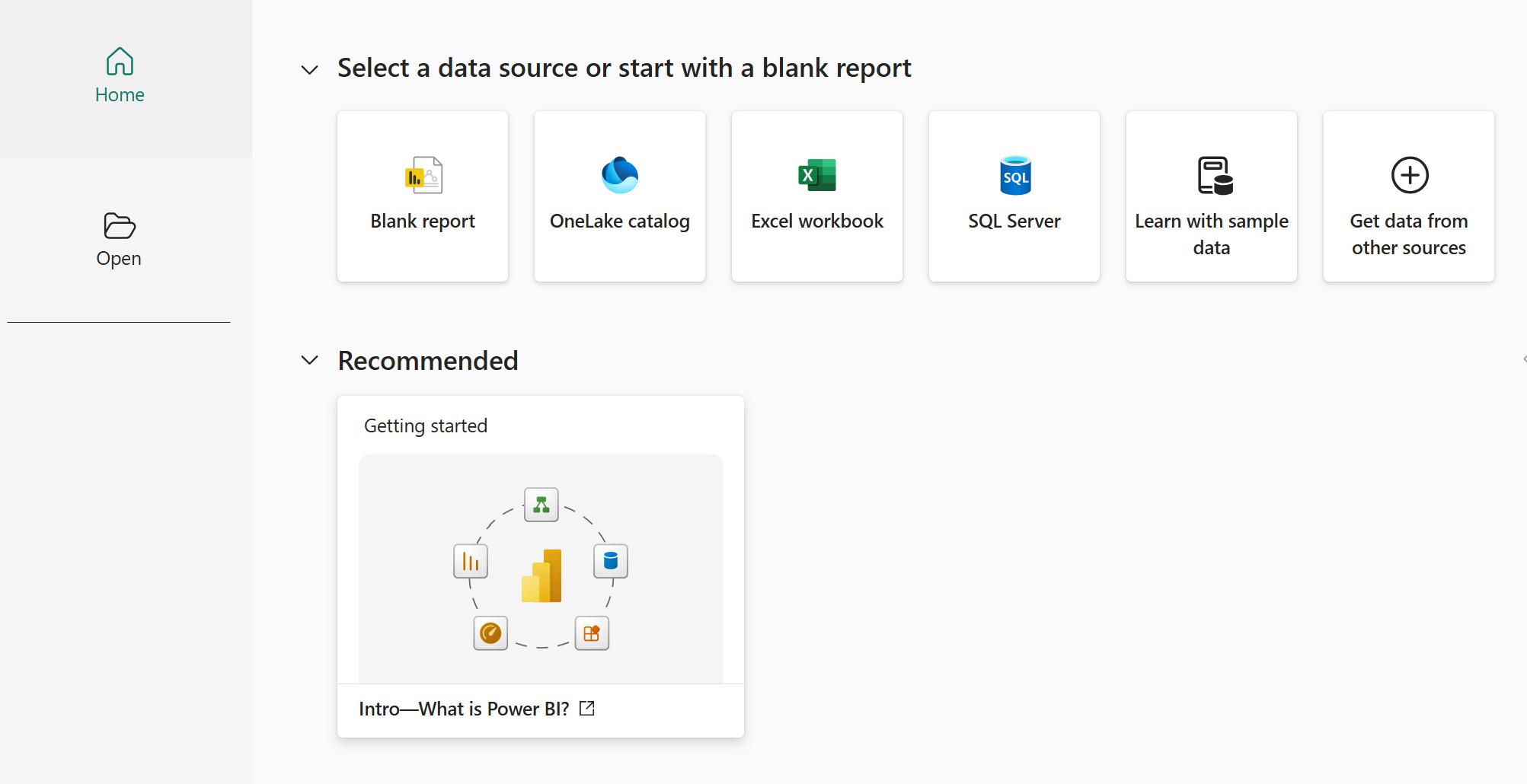Power BI Series at Skli.ai: We don't just provide answers, we build understanding by making complex knowledge digestible and personalized.
Skli.ai uniquely excels in the Research and Understanding Phase of knowledge work—where other AI systems merely generate content, we specialize in breaking down complex information into structured, comprehensible formats. Our platform transforms uploaded texts and videos into customized learning resources: comprehensive summaries, intuitive mind maps, targeted flashcards, organized learning notes, and relevant study questions.
The data revolution waits for no one. Whether you're pursuing PL-300 certification or strengthening your organization's analytics, this series delivers practical Power BI skills you can apply today. At Skli.ai, we transform complex data concepts into real-world results. Let's dive in.
The Power BI Tool Suite
Power BI functions as a complete business intelligence ecosystem with three primary deployment components:
| Component | Description | Primary Use Case |
| Power BI Desktop | Windows-based development application | Creating reports and data models |
| Creating reports and data models | Cloud-based platform | Sharing, collaborating, and consuming content |
| Power BI Mobile Apps | iOS, Android, and Windows applications | On-the-go access to reports and dashboards |
Power BI Desktop integrates three powerful technologies that work in sequence to transform raw data into actionable insights:
- First: Power Query helps get and clean your data
- Next: Power Pivot helps organize your data and creates calculations
- Finally: Power View helps turn your data into charts and dashboards
Detailed Component Architecture
| Component | Role | Technology | Primary Functions | Output |
| Power Query | Data Integration & Preparation | M Language |
|
Prepared datasets ready for modeling |
| Power Pivot | Data Modeling & Analysis | DAX Language |
|
Analytical data model with relationships and calculations |
| Power View | Data Presentation & Visualization | Visualization Engine |
|
Visual reports and dashboards for end users |
Benefits of This Architecture
The sequential flow from Power Query to Power Pivot to Power View creates significant advantages:
| Benefit | Description | Primary Component |
| Separation of Concerns | Each layer has a specific purpose, improving development clarity | All components |
| Performance Optimization | Prepared data improves calculation speed | Power Query → Power Pivot |
| Reusability | Datasets and models can be shared across reports | Power Query, Power Pivot |
| Scalability | In-memory compression enables handling large datasets | Power Pivot |
| Governance | Centralized models ensure consistent calculations | Power Pivot |
| User Experience | Interactive analysis with minimal latency | Power View with Power Pivot |
Deployment Options
After development in Power BI Desktop, content can be deployed across the Power BI ecosystem:
| Deployment Type | Key Capabilities | Target Users |
| Power BI Desktop |
|
Analysts and report creators |
| Power BI Service |
|
Business users and collaborators |
| Power BI Mobile |
|
On-the-go decision makers |
| Embedded Solutions |
|
Application users and customers |
Conclusion: The Unified Intelligence Architecture of Power BI
The Power BI architecture represents a masterfully designed system that transforms raw business data into actionable intelligence through seamless integration of specialized components. As we've explored throughout this article, the platform's architectural elegance lies in its deliberate separation of data processing stages - from acquisition and preparation through modeling and visualization - while maintaining cohesive functionality across deployment options.
What makes Power BI truly remarkable is how it democratizes sophisticated data analysis. The tiered design with Power Query, Power Pivot, and Power View creates a logical workflow that mirrors the analytical process itself: gather and clean information, establish relationships and calculations, then visualize and share insights. This architecture enables diverse users - from data engineers to business analysts to executive decision-makers - to interact with the same underlying data in ways appropriate to their technical abilities and business needs.
Organizations implementing Power BI benefit from this architecture through enhanced decision-making agility. The platform's flexibility allows deployment scenarios ranging from individual desktop analysis to enterprise-wide collaborative intelligence, from on-premises data centers to cloud infrastructure, and from internal dashboards to customer-facing embedded analytics. This deployment versatility ensures that Power BI can evolve alongside an organization's data maturity journey.
Perhaps most significantly, Power BI's architecture addresses the fundamental tension in business intelligence between governance and flexibility. The centralized data models ensure consistent calculations and single-version-of-truth reporting, while the interactive visualization layer enables business users to explore data dynamically without compromising data integrity. This balance of control and freedom optimizes organizational intelligence without sacrificing either reliability or responsiveness.
As data continues to grow in volume, variety, and importance to business strategy, Power BI's comprehensive architecture provides the foundation for transforming information overload into competitive advantage. By understanding this architecture, organizations can fully leverage the platform's capabilities to create a cohesive, scalable, and impactful business intelligence ecosystem that drives informed decision-making at every level.
References
Microsoft. (2024). Power BI Documentation. https://learn.microsoft.com/en-us/power-bi/
Microsoft. (2024). Exam PL-300: Microsoft Power BI Data Analyst. https://learn.microsoft.com/en-us/certifications/exams/pl-300/

